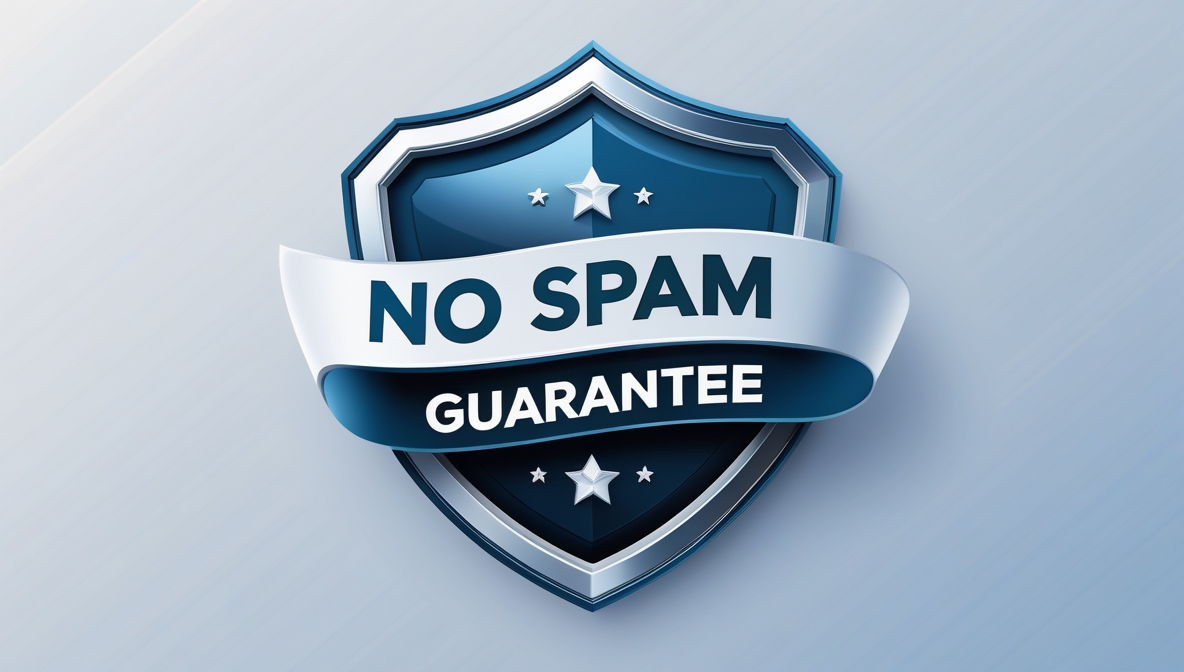This document introduces a practical framework designed to help IT leaders evaluate their organization’s preparedness for cloud adoption. Developed from a detailed case study, it presents an assessment model that examines both internal governance maturity and the ability of cloud service providers to meet enterprise requirements.
Its distinct value lies in its dual-lens approach: it supports not only vendor evaluation but also uncovers overlooked weaknesses within ITIL-based governance environments. This enables organizations to identify risks early, establish clear responsibilities, and support smooth transitions to cloud services.
The framework offers CIOs and IT governance teams a structured method to strengthen compliance, resilience, and alignment with business goals. Grounded in established methodologies such as ITIL and informed by direct operational experience, it delivers credible, actionable guidance for organizations pursuing cloud and hybrid strategies.
This Will Help You...
This framework provides IT leaders with a structured, field-tested model to support informed decision-making and strengthen cloud governance practices. Each section is designed to equip you with the insight and tools needed to assess organizational readiness, address governance gaps, and ensure alignment between internal IT functions and external service providers.
- Diagnose Internal Governance Gaps:
Use the embedded assessment model to identify overlooked weaknesses in ITIL-based processes—such as missing service catalogs or unaligned change management workflows—so you can address them before migration and avoid operational disruptions. - Evaluate Cloud Providers with Precision:
Leverage the external-facing criteria to assess cloud vendors not just on technical specs, but on governance fit—helping you select providers that meet compliance, security, and continuity standards aligned to your organization's needs. - Align Governance Frameworks Across Boundaries:
Map internal controls to cloud service responsibilities using this framework’s structure, so that you can create more accurate contracts, SLAs, and oversight mechanisms for hybrid environments. - Strengthen Risk Mitigation Practices:
Apply the model’s focus on auditability, data lifecycle management, and role clarity to improve how your governance team anticipates and manages cloud-specific risks—before they affect service delivery or regulatory standing. - Communicate Change:
Draw from the case study’s findings to inform your own stakeholder engagement and change management planning, ensuring technical teams, operations, and leadership are aligned throughout the transition.
Designed for CIOs and IT governance leaders, this framework addresses the critical intersection of cloud adoption and operational control—where strategic intent must meet execution discipline.


